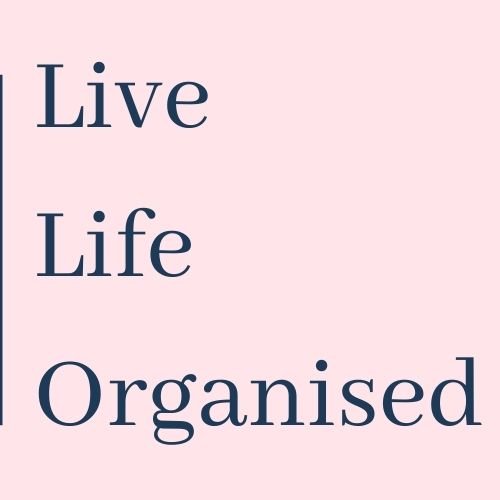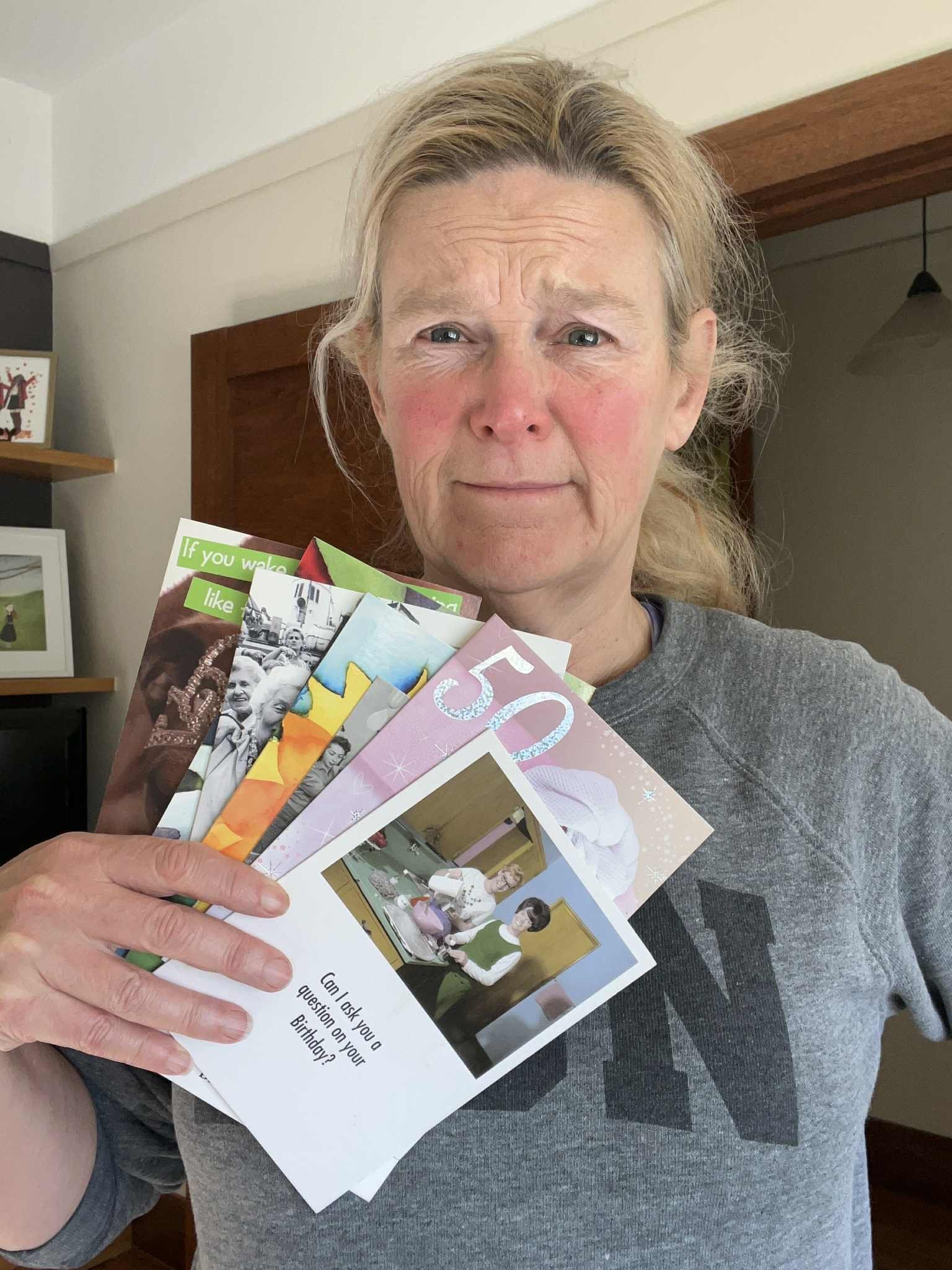The “card clutter” dilemma (and how to solve it without losing the memories)
We all have them.
A shoebox in the cupboard. A drawer full of bundles tied with elastic bands. A stack of envelopes waiting for “one day” when we’ll finally go through them.
I’m talking about greeting cards — birthday wishes, wedding congratulations, new baby arrivals, sympathy cards, and everything in between.
At a recent workshop I ran in a retirement village, someone asked me:
“What do you do with all the greeting cards you’ve been given over the years?”
The whole room laughed, groaned, and nodded in recognition.
Because here’s the truth: when the day comes to finally tackle them, it is never as easy as we think.
Why cards feel so complicated
Cards are not “just paper and ink.” They hold moments, milestones, and sometimes the last tangible link to someone we love.
That’s why sitting down to sort them can feel surprisingly emotional. Here’s why:
They hold emotional weight
A simple card can carry decades of history. It might be a message from your late grandmother, your child’s first wobbly handwriting, or words of comfort from a friend during a difficult time.
Guilt creeps in
Throwing away a card can feel like you’re dismissing the love or thought behind it.
The volume builds quietly
They arrive for birthdays, anniversaries, weddings, new homes, new babies, and during the hardest seasons of life. Before you know it, the pile has grown for years without you realising.
Every card feels like a decision
And when you have hundreds, that’s hundreds of little emotional decisions in one sitting. No wonder it’s exhausting.
Cards sit in that tricky space between sentiment and stuff, which is why they so often end up in limbo — kept out of love, but stored out of sight.
The family box that shaped my approach
When I was growing up, my parents had a special box tucked away at the top of the wardrobe. Inside were their wedding cards and the baby arrival cards from when each of us was born.
We didn’t see that box often, but when we did, it felt magical. My siblings and I would take our time looking through each card — reading who it was from, admiring the glitter, and talking about the people behind the messages.
Those cards were not clutter. They were part of our family story. Looking back now, I realise the magic wasn’t in the number of cards, but in the care with which they were chosen. My parents hadn’t kept every card — they had kept the ones that mattered most, the ones that told the story they wanted to remember and share.
Finding your own balance
The aim isn’t to throw everything away. It’s to curate your collection so that what you keep feels special and easy to enjoy.
Here are three simple questions to guide you:
Which of these cards truly tells part of my story?
Which ones make me smile or spark a warm memory?
Which am I only keeping because I feel I should?
The most meaningful cards are usually tied to significant moments, people who are no longer here, or messages that still warm your heart. The rest, while thoughtful, may have already served their purpose.
Practical ways to honour the cards you keep
Once you’ve identified the cards that truly matter, the next step is to give them a purpose and a place. This is where sentiment meets intention.
Here are a few ideas my clients have found helpful:
Create a curated collection
Choose a small box, folder, or album for the cards you treasure most. Limit yourself to that one container so it stays special — when it’s full, it’s time to review and let something go before adding more.Display the ones that make you smile
Pop a meaningful card in a frame, pin it to a corkboard, or tuck it onto a shelf where you’ll see it often. If it lifts your spirits every time you walk past, it’s worth enjoying in the open.Capture them digitally
Photograph or scan cards with messages you want to keep. This way you preserve the handwriting, the words, and even the little doodles, without the physical pile taking up space.Repurpose with creativity
Some people turn card fronts into bookmarks, gift tags, or part of a scrapbook page. This lets you keep the beauty while giving it a new life.Create a ritual
On your birthday or anniversary, spend a few minutes revisiting a handful of cards from your collection. Relive the memories, then consider whether each one still sparks the same joy or if it’s ready to be released.
Letting go without losing the memory
The love a card represents isn’t stored in the paper. It lives in your heart, your memories, and your relationships. Letting go doesn’t erase the moment or the person — it simply frees you from holding onto everything.
If it feels too big to tackle the whole box at once, try this:
👉 Today, pick out just five favourites and see how it feels.
You might be surprised by how much lighter you feel afterwards.
If this is something you struggle with, you’re not alone. I have a whole section on sentimental decluttering in my Declutter Your Home & Life program,: Learn more here
Because the goal isn’t to keep everything — it’s to keep what matters most, and to actually enjoy it.

